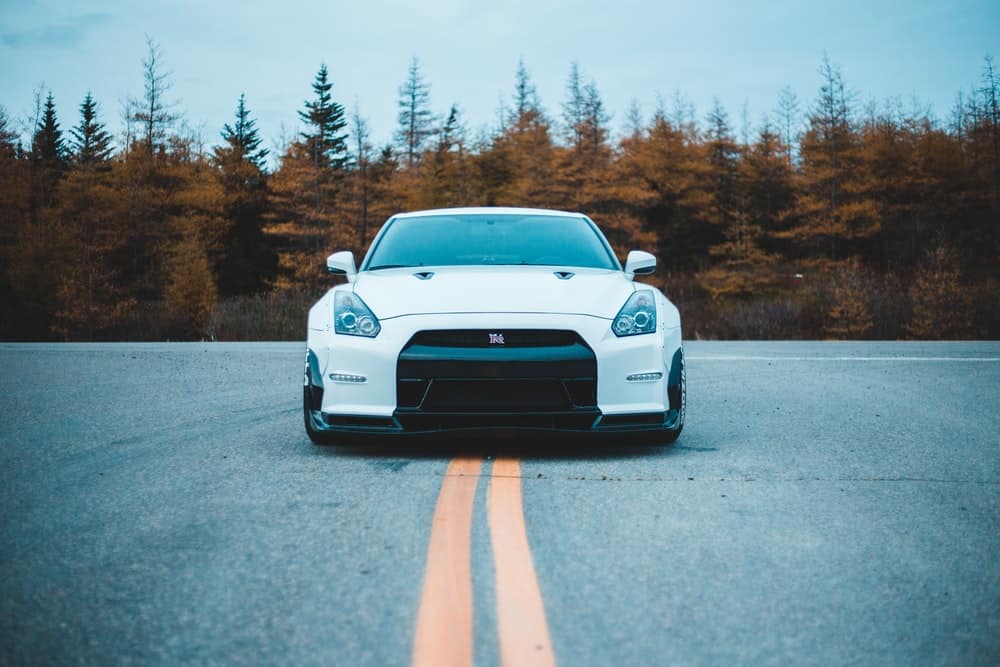Things you should never do to your car
1. Don’t turn off the engine while driving – If you accidentally turn off the engine while driving at high speed, nothing bad will happen. Because today’s cars have built-in safety measures for such situations. But no matter what, it’s best not to shut down.
2. Don’t put your car in reverse while driving – Shifting into reverse while driving is a bad idea, as your car’s computer won’t react and won’t do anything.
3. Don’t engage park gear while driving – don’t try it. Your car’s computer will refuse authentication to keep it safe. A different engine may cause damage to your car.
4. Do not attach the ignition key with too many key pins – adding too many keys increases the weight of the ignition key and can damage the key hole; So keep only two sets of keys in the car key,
5. Change the oil – Follow the manufacturer’s instructions on how to change the oil. There’s a reason…usually new cars use thinner oil before leaving the factory. So, after driving 1000 km, change the oil.
6. Do not overfill the engine – the engine’s oil reservoir has an under-full indicator. Fill it up to the tip. If you overfill, smoke will come out of the corners of the car with a big failure.
7. Don’t wait until the oil is completely gone – even the purest oil has particles in it, and those particles sit at the bottom because they are pulled by the earth. If you drive until the smoke comes out, the particles will remain as residue. Generally speaking, if there is less than an inch of oil left on the dipstick, you should fill it up.
8. Don’t ignore the warning signs – the warning signs differ from car to car. But generally with little colors. A green (and sometimes blue) icon indicates that a system is active. Yellow indicates that something needs to be done. It shows what needs to be checked. Red indicates some sort of critical issue, meaning that your car cannot be driven with one hand and that you should stop what you are doing.
Generally speaking, if the warning lights on the dashboard in front of the driver’s side of your car don’t go away, call a mechanic right away.
9. Check Tires for Low/Inflation – Another good practice is to always check your tires. If you feel that your tires under-inflated, or if your tires are flat like a pancake, you
should not drive with flat tires. There are many dangers. So whether it’s a flat tire or a flat tire, you should do it.
10. Check the balance of the wheels – If you hit an obstacle (try it, we all have), take the car to a mechanic. And ask the mechanic if it balanced and straight. If the wheels are out of balance, your car will not be able to handle well.
